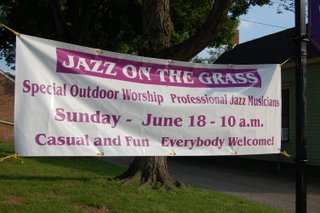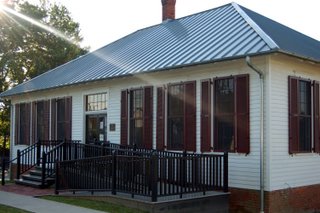Images provided by David Barksdale - Floyd County Historian.


The Chautauqua tent after a thunderstorm blew through town.

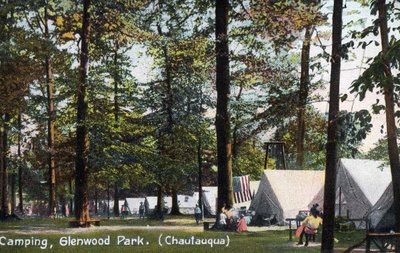
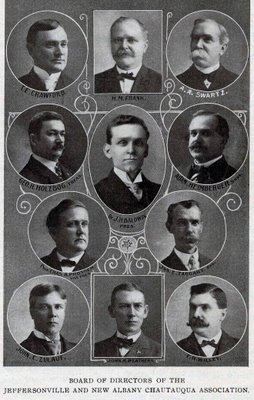
Our Experiences. Our Heritage. Our History. A place to talk New Albany history, preservation and community development.


The Chautauqua tent after a thunderstorm blew through town.








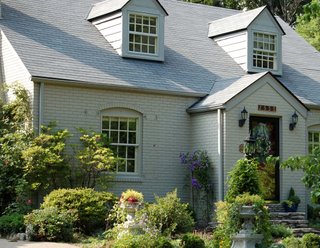
But there’s much more there than meets the eye. That land had another life before the stately homes we see today were constructed. Our New Albany history is there.
In 1902 twenty five acres (the current site of Glenwood Park/Court) were acquired by the Louisville and Southern Indiana Traction Company. The Company ran the interurban rail line that connected New Albany, Jeffersonville and Louisville. Electric streetcars hustled passengers and freight between the cities at speeds up to 90 miles per hour.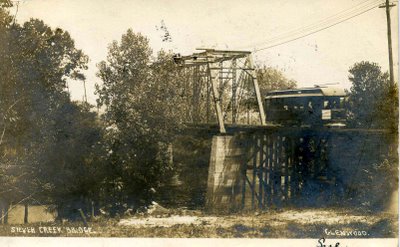
As a marketing tool to help increase passenger traffic the entrepreneurs of the line wanted to create a destination spot. That’s exactly what they did at Glenwood Park. The site had a dancehall pavilion, ballpark, bowling alley, bandstand, tennis courts, amphitheater, refreshment stand (no intoxicants were allowed), Ferris wheel, and more. The map below shows the impressive scale of the Park and sports complex.

Thousands of people flocked there to enjoy a resort atmosphere. Picnics, pageants, outdoor opera, swimming, boating, dancing, music - you could call it the Disney of New Albany.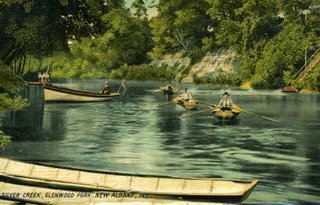

The pageants entertained the largest audiences (up to 25,000). They were monstrous productions involving hundreds of local performers and organizers. A photograph and sample programs are below.
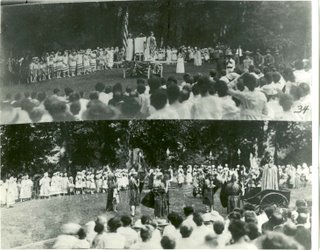

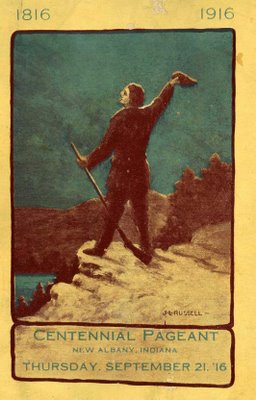
Special thanks to Floyd County Historian, David Barksdale, for providing these wonderful images from the parks golden years.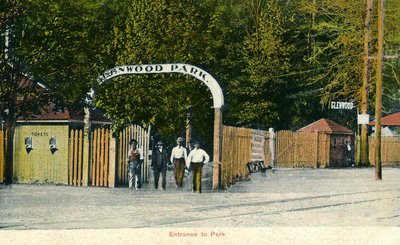

By 1931 the park had been abandoned. Automobiles and alternate entertainment venues were the likely agents of the demise. In 1935 the park was sold to real estate developers and the homes we see today were constructed in the years that followed.
If this brief overview has sparked your interest in the history of Glenwood Park then please come to the Floyd County Historical Society Meeting Tuesday June 27th (7:00pm, New Albany Floyd County Public Library). A presentation on the park will be made. Following the meeting all guests are invited to stop by the Museum House at 509 W. Market where Glenwood Park memorabilia will be on display.
Oh yeah - there’s one more thing. I intentionally left out a large chunk of the history of the park. Chautauqua. Some of you probably know what it is/was. I did not. But I am quite enraptured by the Chautauqua concept and felt there was enough meat there for a separate post at a later day.
Research Source - Floyd County Historical Society presentation, "Glenwood Park, Chautauqua, Pagents", by Bebe Cody (May 24, 1988)


